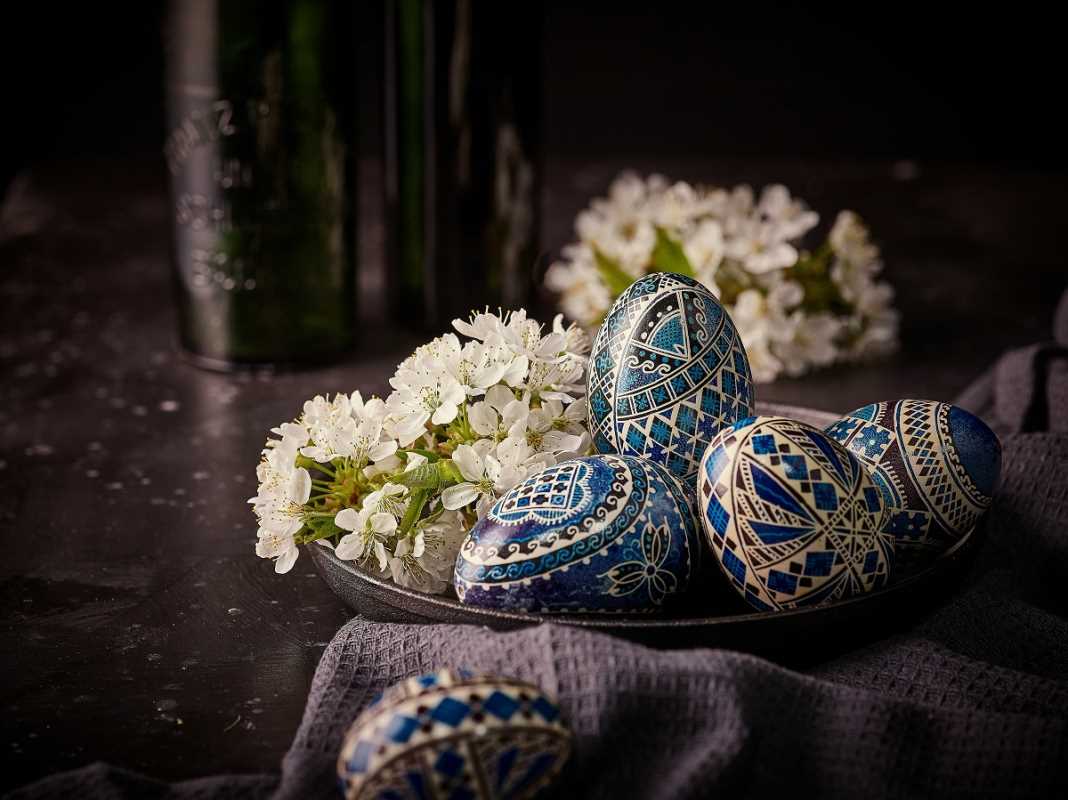For those who dream of blending artistry with practical problem-solving, a career in creative design can be incredibly fulfilling. Whether it’s graphic design, interior design, product design, or another field, working as a creative professional offers a unique opportunity to turn imagination into tangible, impactful results. Beyond enabling personal self-expression, creative design careers are at the heart of innovation, shaping industries, building communities, and transforming the way people live and interact with the world.
If you’re on the fence about embarking on this path, you may be surprised at just how rewarding a creative design career can be. From professional growth to societal impact, here’s an in-depth look at the many benefits of pursuing a career in creative design.
1. The Chance to Transform Ideas into Reality
Turning Vision into Impactful Creations
One of the most exhilarating aspects of creative design is the ability to transform abstract ideas into something real, functional, and beautiful. Whether it’s a stunning logo that becomes the face of a business, a thoughtfully designed product that improves everyday life, or an interior space that inspires comfort and connection, creative designers get to see their visions come to life.
Take graphic design, for example. Designers work with typography, color, and imagery to create powerful visual messages for brands or campaigns. Think about iconic logos like the Nike swoosh or Apple's minimalist design aesthetic. These aren't just attractive images; they’re symbols that resonate deeply with millions of people worldwide.
Why It Matters
Few careers offer the satisfaction of knowing your work is making an impact in such a visible way. The ability to leave your creative mark in the world is one of the key rewards of working in design, and it inspires designers to continually innovate and push creative boundaries.
2. Endless Opportunities for Self-Expression
Channeling Your Creativity Daily
At its core, design is about expression. For natural creatives, this is one of the most compelling reasons to pursue such a career. Whether through mood boards, prototypes, or sketches, the design process allows for an incredible range of freedom. Designers can infuse their personal perspective and style into their work, giving it an edge that distinguishes it from the norm.
Interior designers, for example, often approach projects with their taste in color, layouts, and aesthetics, allowing them to create unique environments. Similarly, product designers can merge artistry and engineering to craft items that balance functionality with visual appeal.
Why It Matters
Designers don’t just create “for work.” Their craft becomes a meaningful part of their identity and a way to communicate ideas, values, and emotions to the world. This level of fulfillment is unmatched in many other professions.
3. Dynamic Problem-Solving
Creativity Meets Functionality
On the flip side of self-expression, design is also highly practical. Designers are continually tasked with solving real-world problems through creativity. Graphic designers may simplify a brand’s message to ensure clarity and impact, while product designers might engineer a more user-friendly kitchen appliance.
One striking example is the rise of sustainable design. Creative professionals in various industries are tackling global challenges, like climate change and waste reduction, by designing eco-friendly packaging, energy-efficient homes, and clothing made from recycled materials. These solutions show how design can be a powerful problem-solving tool that makes a difference.
Why It Matters
Problem-solving in design fosters critical thinking and adaptability, skills that are valuable in professional contexts and in everyday life. A designer’s role is rarely stagnant, making it an exciting and mentally stimulating career.
4. Professional Growth and Financial Stability
Diverse Career Paths
Creative design isn’t one-size-fits-all. There are countless specialties, allowing professionals to align their career with their passions while maintaining variety. You could branch into fashion design, UX/UI design, furniture design, urban planning, animation, or even virtual reality design.
Additionally, creative design careers often offer opportunities for freelance or self-employment, enabling you to set your schedule and choose your projects.
Financial Rewards
The stereotype of the “starving artist” doesn’t hold true for creative designers, particularly those who specialize in high-demand fields like UX design, digital marketing, or product design. For example, the average salary for a UX designer in the United States is over $90,000 per year, with more experienced professionals earning six figures. Similarly, talented interior designers working for high-end clients or luxury brands can enjoy substantial financial rewards.
Why It Matters
A career in design combines creative fulfillment with professional stability, providing access to a wide range of industries and income potential.
5. Personal Development and Lifelong Learning
Expanding Your Skillset
One of the joys of creative design is that the learning never stops. New tools, trends, and techniques continuously emerge, from advancements in design software to innovations in materials and sustainability. This constant evolution gives designers an edge, encouraging their work to stay fresh and competitive.
For instance, a graphic designer trained ten years ago might now specialize in motion graphics or augmented reality applications to keep pace with modern demand.
Resilience and Adaptability
The hands-on nature of creative work equips professionals to think holistically and adapt to challenges with resilience. These qualities make designers better at their jobs, often while enriching their personal lives with invaluable problem-solving skills.
Why It Matters
Creative design fosters growth on both a professional and personal level, allowing you to explore new areas of expertise and remain curious throughout your career.
6. The Power to Shape Industries and Influence Communities
Shaping Consumer Behavior
Creative design has a profound cultural impact. Think of how impactful an innovative advertising campaign can be, or how clever product packaging can sway consumer choices. Similarly, thoughtful urban design can improve the quality of life in cities by creating safer, more walkable, and environmentally conscious spaces.
Strengthening Communities
Great design isn’t just about individual gain; it’s about building something meaningful for others. Programs like nonprofit branding, accessible product development, and inclusive interior design ensure that creative work fosters equity and positively impacts communities.
One example is product designer Marc Newson, who created economical and durable housing for displaced communities. His work proves that design can improve lives in practical, compassionate ways.
Why It Matters
Knowing your work directly benefits others can provide an enormous sense of purpose. Creative careers allow you to contribute to industries and communities in ways that extend far beyond aesthetics.
7. Joy, Satisfaction, and Fulfillment
It’s rare to find a career that balances both passion and purpose, but creative design strikes that perfect harmony. While deadlines and revisions come with the territory, the act of creating is innately rewarding.
Unlike a routine desk job, design professions are inherently dynamic, bringing diverse challenges and inspirations every day. Whether working on collaborative projects or personal endeavors, designers have the opportunity to grow, innovate, and make their mark on the world.







